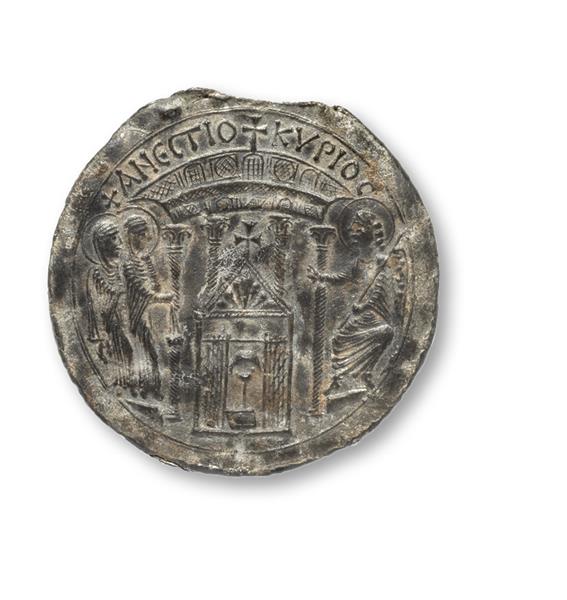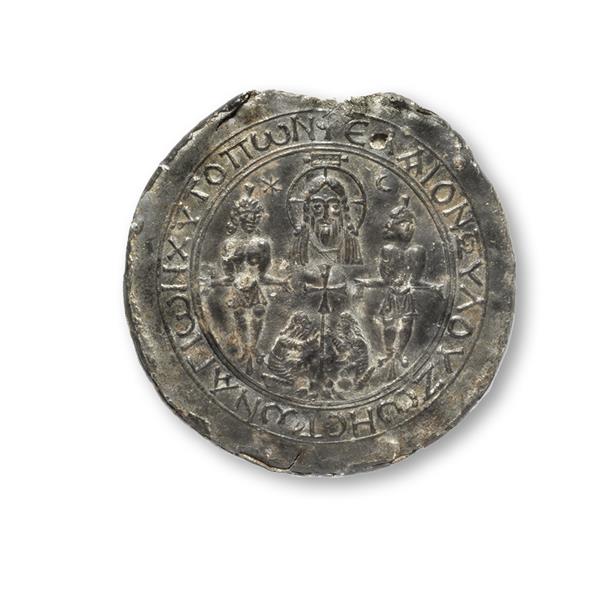

1. Byzantine coin
2. Oil flask
3. Seal impression
4. Christian amulet
5. Game piece
Answer: (2)
This oil flask, or ampulla, dates to the sixth century C.E. The Greek inscription specifies that it once contained “oil of the wood of life” acquired at the Holy Sepulchre in Jerusalem. Such oil, which was supposedly poured over the relic of the true cross, was bottled to be sold to visiting pilgrims as a spiritually potent souvenir, allowing pilgrims to share in the sacred power of the holy site and the relic.
Join the BAS Library!
Already a library member? Log in here.
Institution user? Log in with your IP address.

